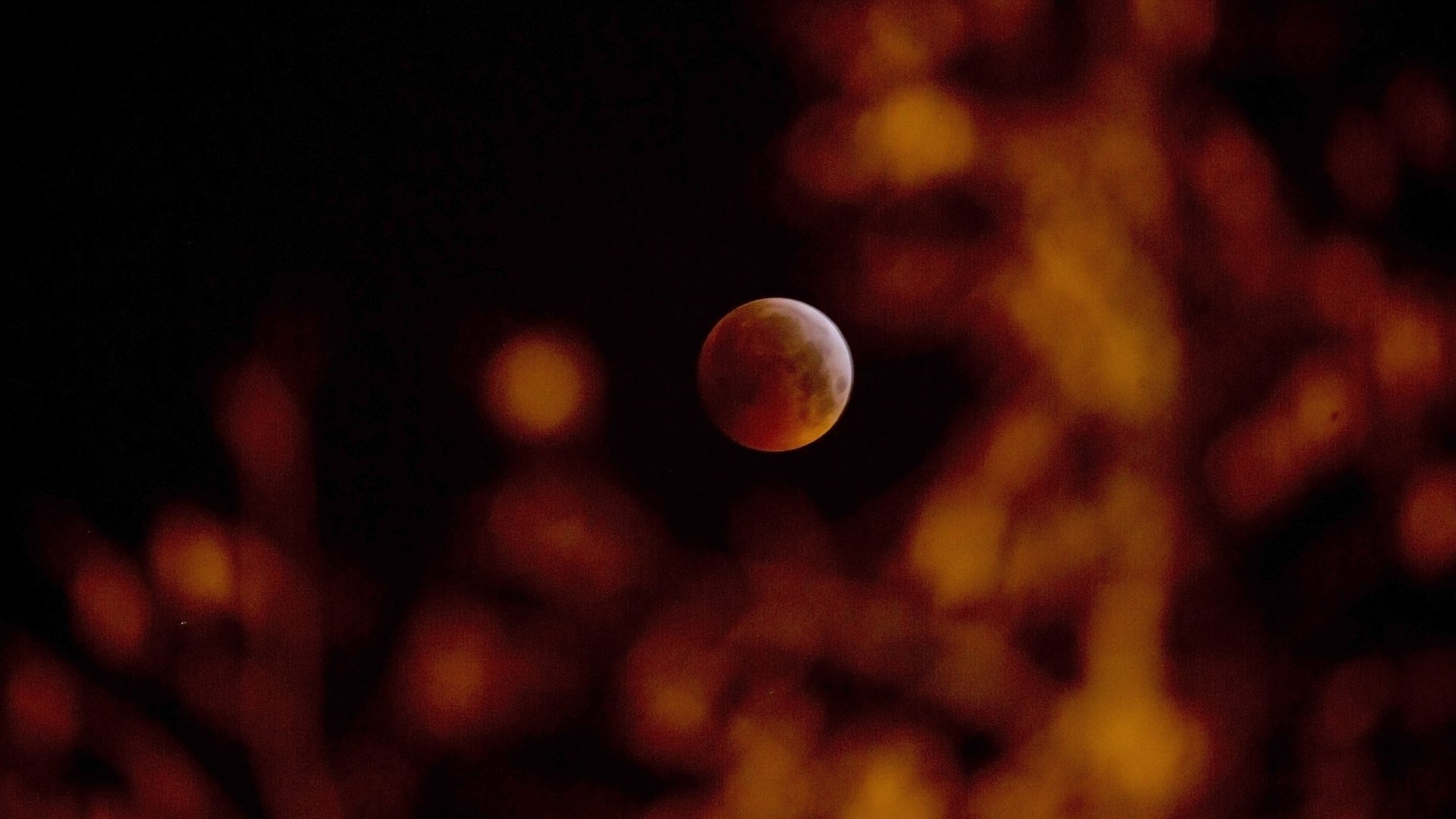The average menstrual cycle is not 28 days
What is supposed to be 28 but hardly ever actually is? The menstrual cycle, of course.


What is supposed to be 28 but hardly ever actually is? The menstrual cycle, of course.
From birth control pill packaging to diagrams in sex-ed classes, most medical sources tell women that the average length of her menstrual cycle is 28 days. This understanding even informed one of the least effective contraceptive methods, the Ogino-Knauss method or the “rhythm method,” which prescribes abstinence during the time in a woman’s cycle when she is the most fertile (there are now a number of apps designed to help women track this).
Doctors will tell women, however, that a cycle doesn’t need to meet the golden 28-day standard to be normal; it can be anywhere between 21 and 35 days. Turns out, the average cycle is not 28 days at all.
A study led by a researcher from the University College of London (UCL) published on Aug. 27 in the open-access journal npj Digital Medicine, looked at the data of over 600,000 menstrual cycles logged by 124,648 women from Sweden, the US, and the UK in one of the dozens of cycle-tracking apps available, called Natural Cycles (the company that makes the app also funded the study, and several of the researchers listed as authors on the study are affiliated with the company). The researchers set out to use the new wealth of data that the app provides to check some medicine’s long-held assumptions about women’s health. Amongst the findings was that the belief that most women have 28-day cycle is but a myth.
The researchers found that average cycle length was 29.3 days. Only 13% of the cycles were 28 days—quite a departure from the old idea that most cycles are exactly four weeks long.
This rather simple finding shows just how little we still know about women’s bodies. And it leads to a new understanding of the key phases of the cycle for women and doctors alike. For instance, the idea that ovulation would happen on the 14th day of the cycle now seems arbitrary; getting it wrong can have serious consequences for contraception science.
In fact, the study found that ovulation happens on different days for different women, so tracking each individual cycle is key. Joyce Harper, a professor of reproductive science at UCL and an author of the study, tells Quartz that it isn’t sufficient to log the data onto a tracking app and follow the estimates on when the ovulation would happen, specifically because it might be on different days of the cycle for every woman. So any standardized breakdown of a cycle is bound to be misleading to those who are either seeking, or avoiding, a pregnancy.
The belief that a regular cycle is 28 days, Harper tells Quartz, does come from legitimate studies. However, those studies, conducted in an era of different scientific standards, only included women whose cycle was 28 days. “The way we did studies wasn’t the same,” she says, noting that there is a need for medicine to revisit its assumptions that underpin its understanding of women’s health in light of new scientific findings and updated ways to conduct studies.
The study also opens the way for further investigation into how the length of a woman’s cycle and the day of ovulation affect her fertility, and the data available from the apps can help drive and support this research.
“We are all individuals, none of us are like these textbooks that we see,” says Harper, who says it’s important to educate women on the fact that there is a lot of personal variation when it comes to fertility and menstrual cycles. “Let’s re-write the textbooks,” she says.
Interestingly, the one bit of traditional wisdom that the study confirms is the idea that a woman’s cycle is similar to that of the moon. “Menstruation” and “menses” come from the Latin mensis, which means month, and the Greek Μήνη (mēne), the earthly name of Selene, the goddess of the moon. And, although there is no science to the myth that women’s cycles are regulated in any way by lunar phases, the moon’s cycle is 29.5 days—very close to the woman’s average.